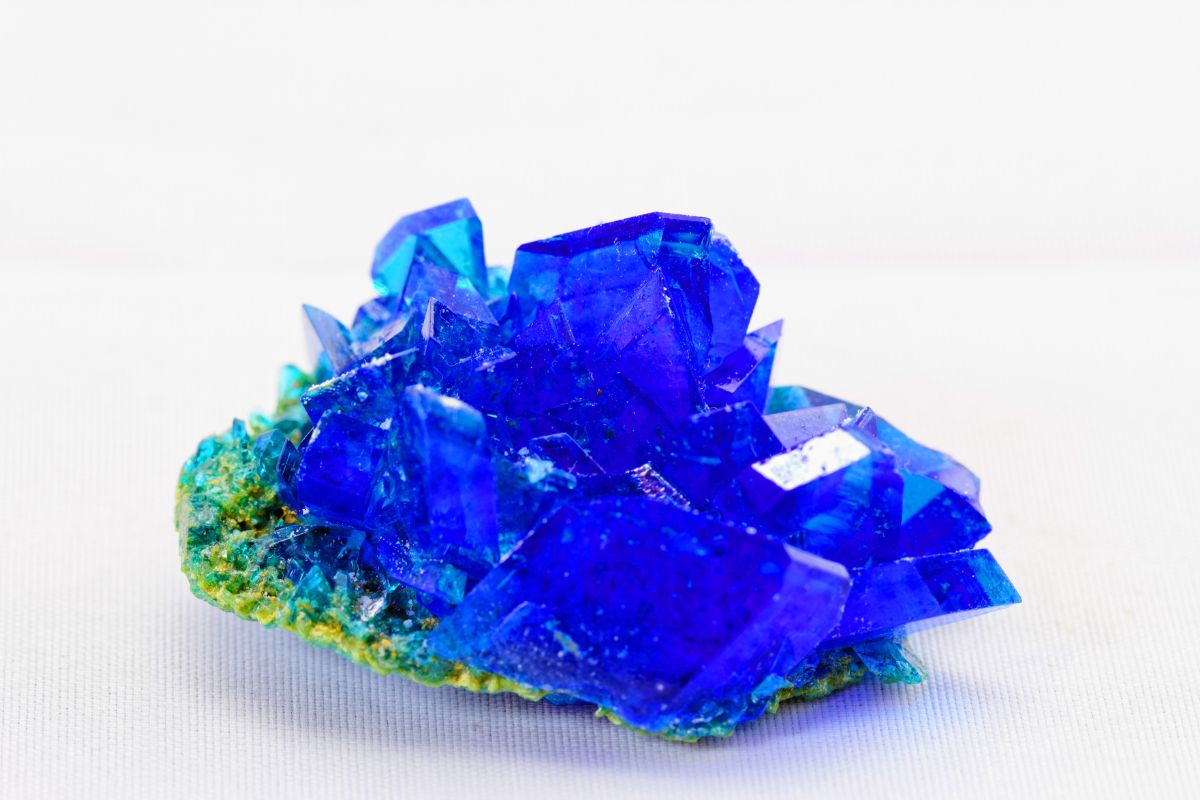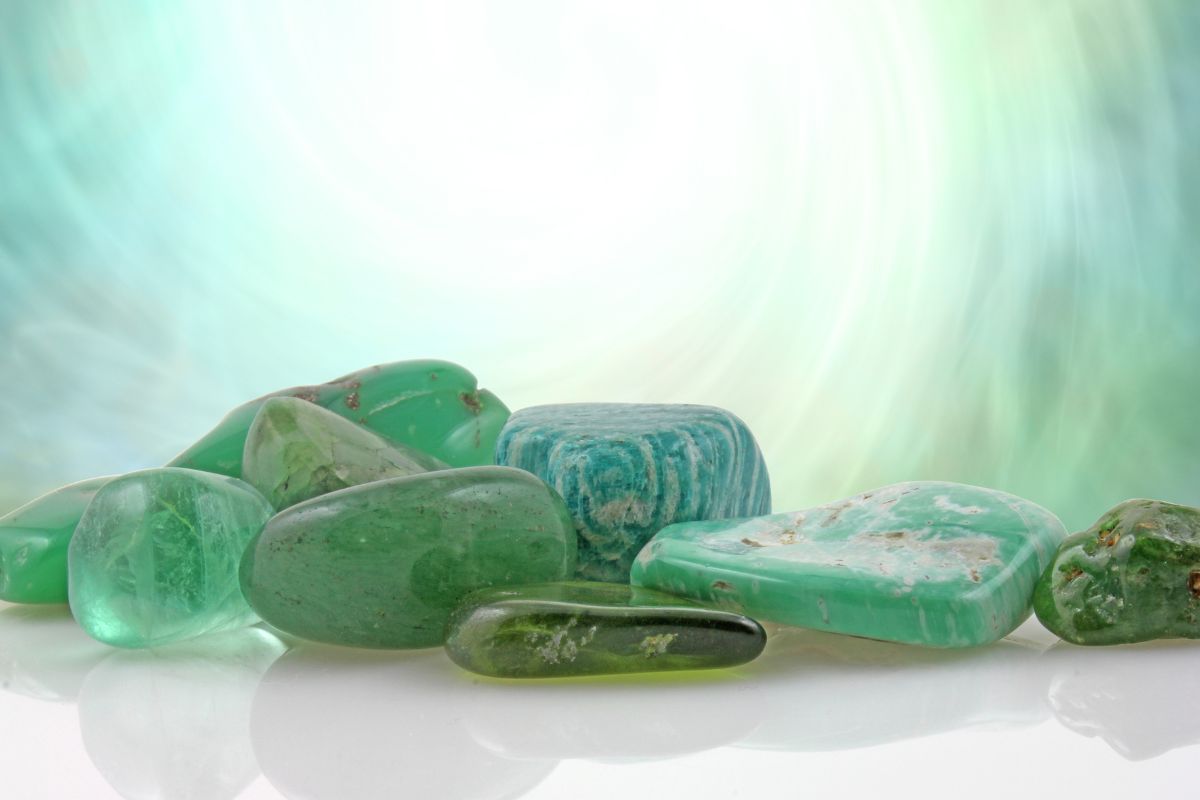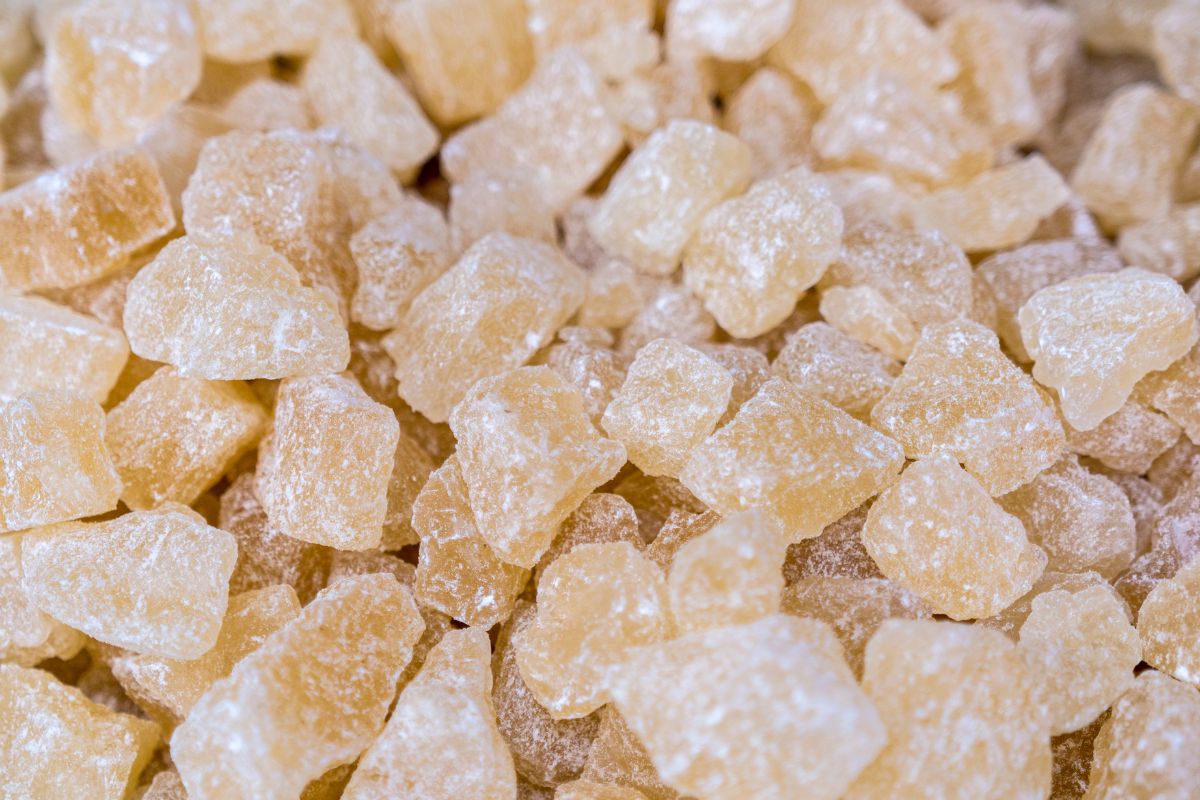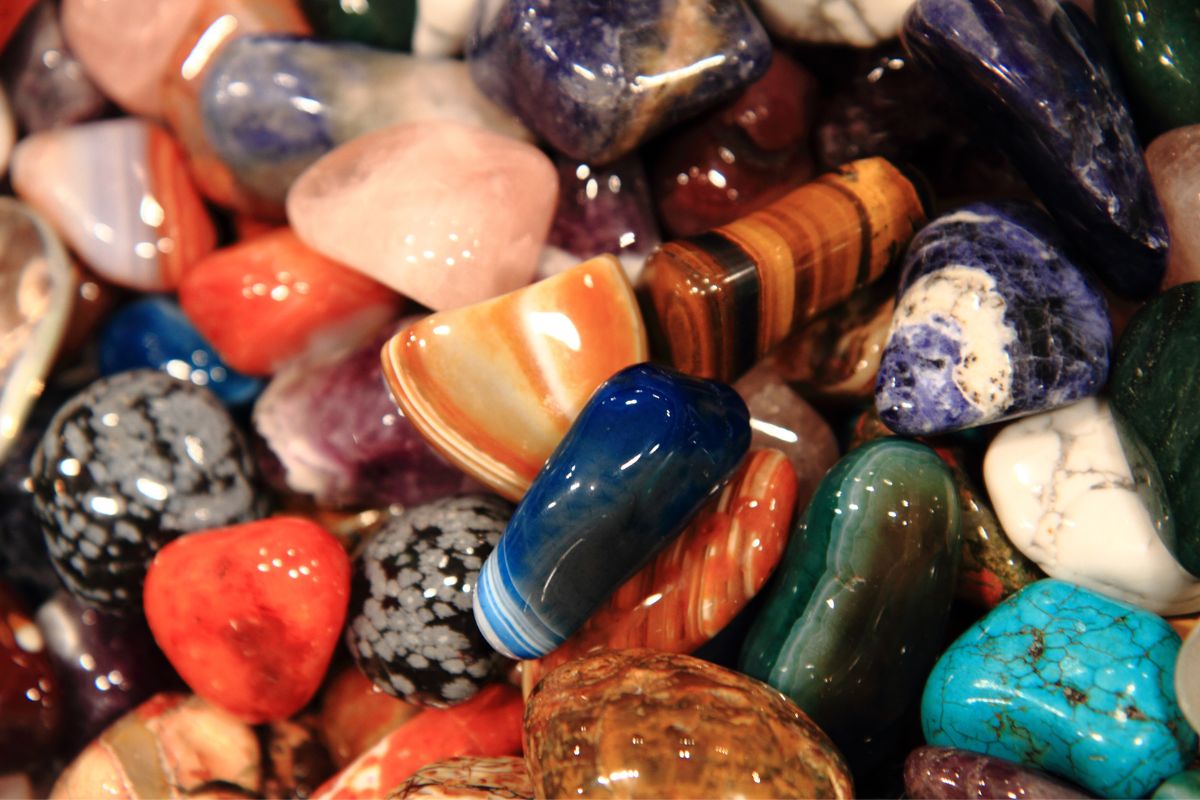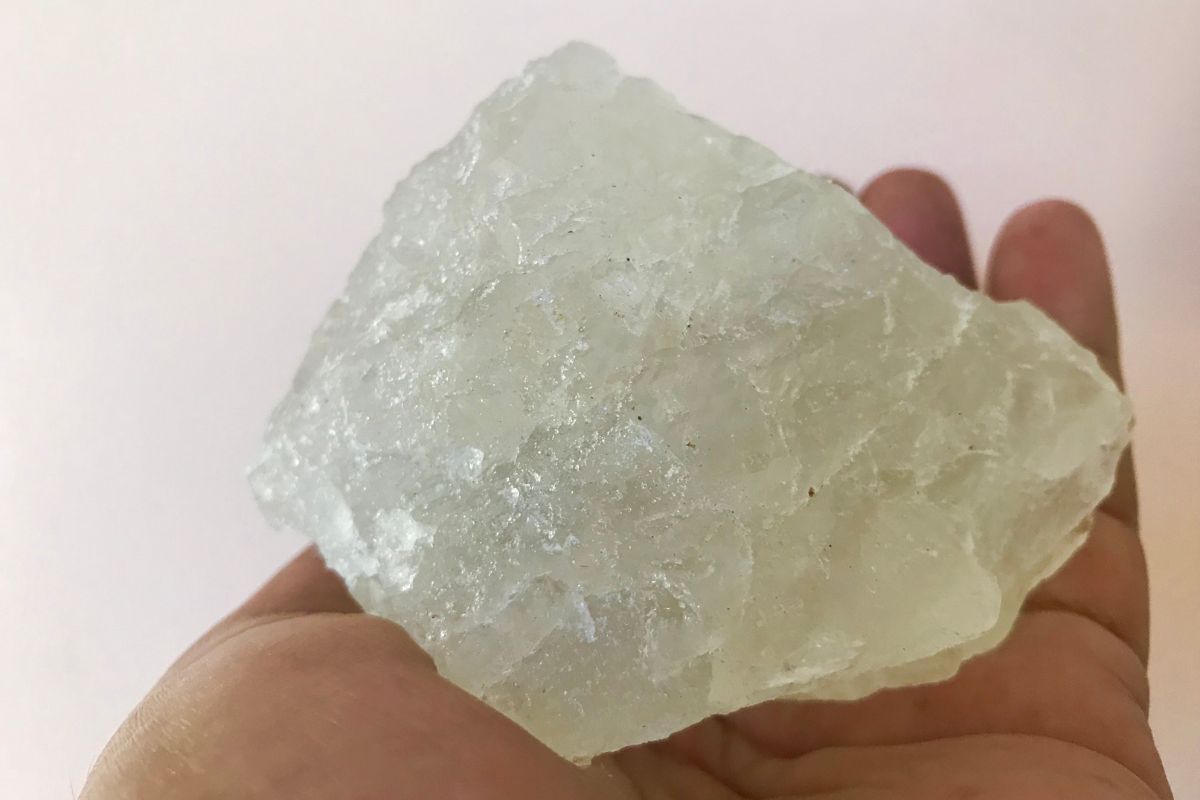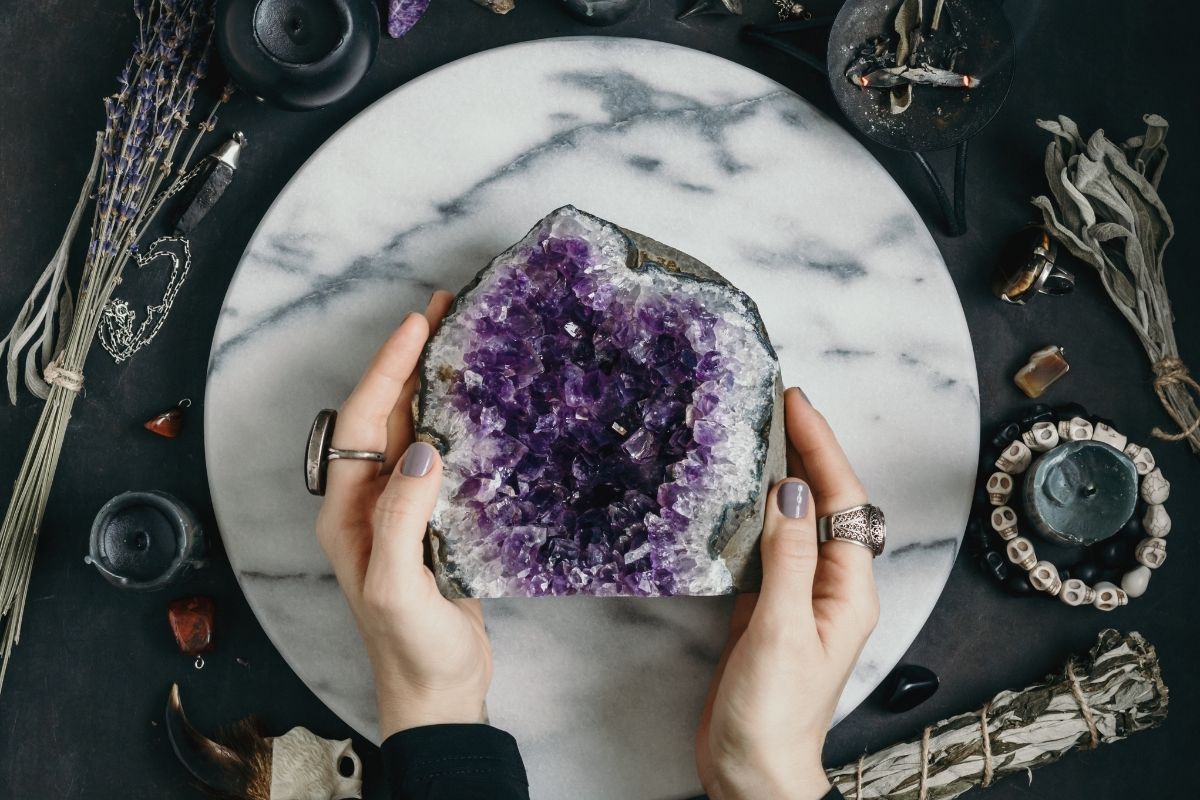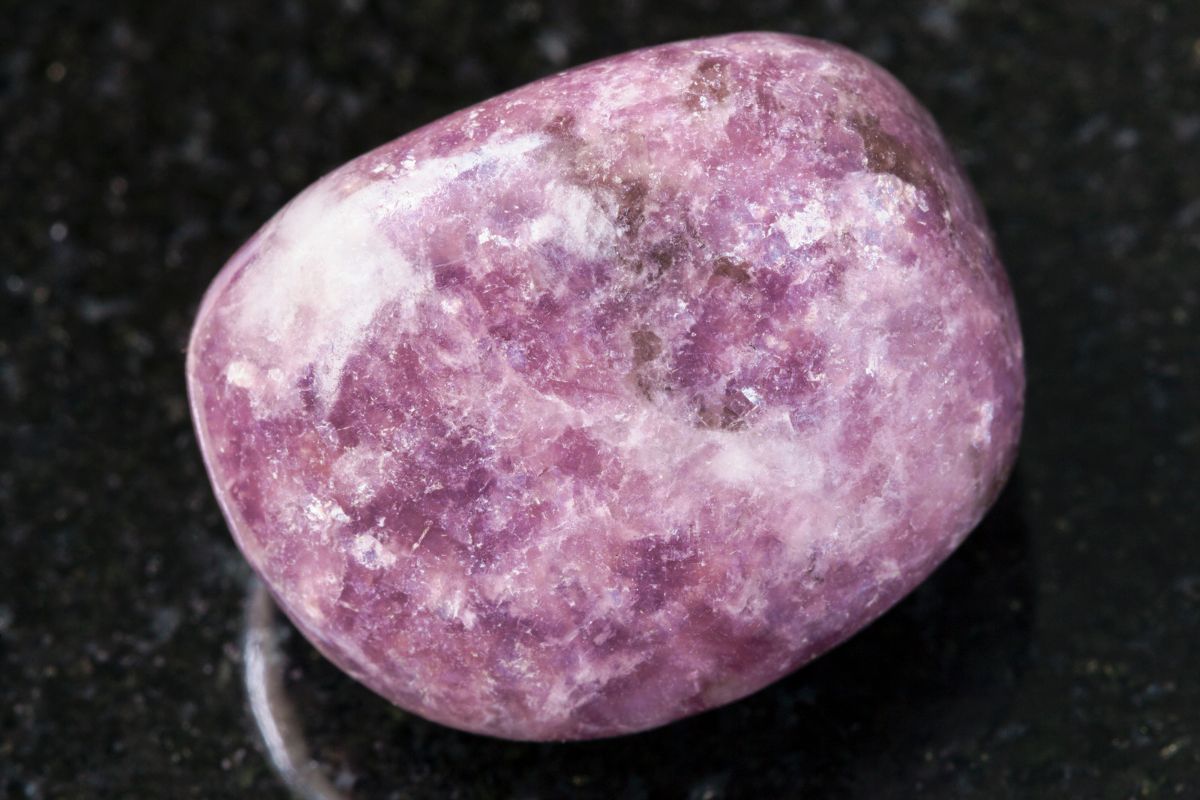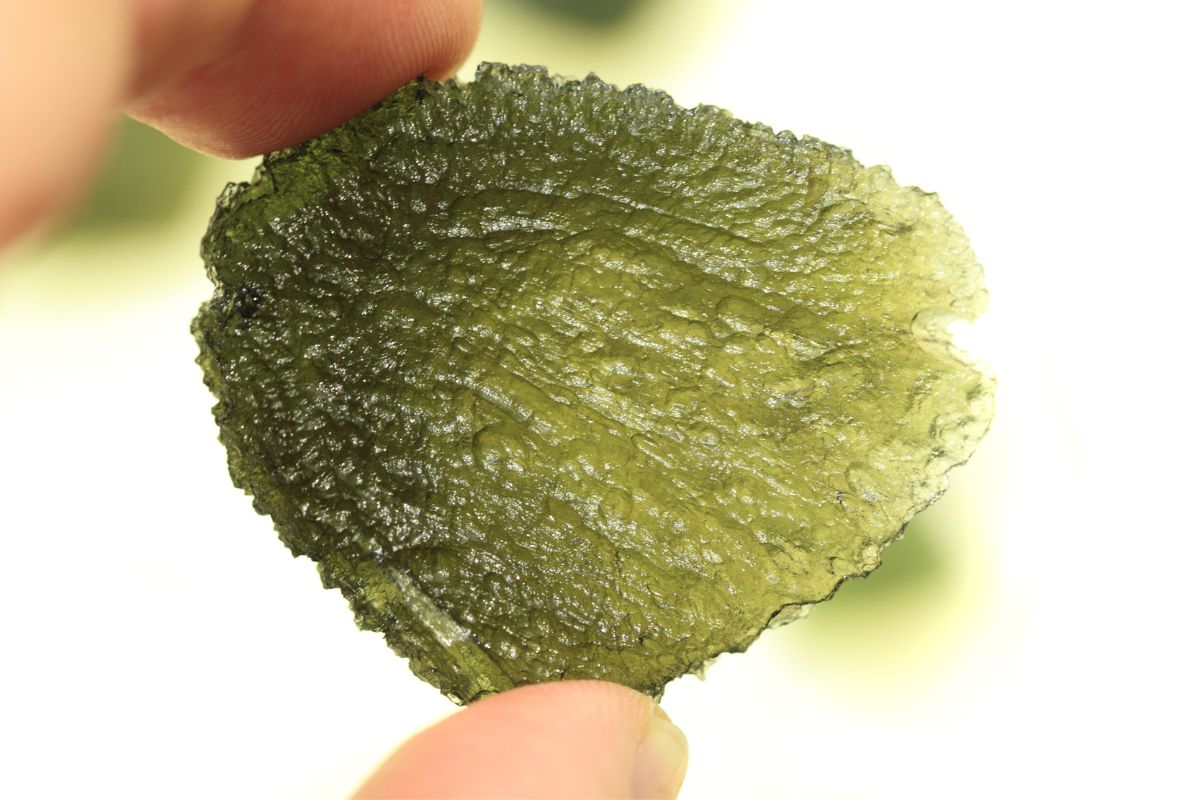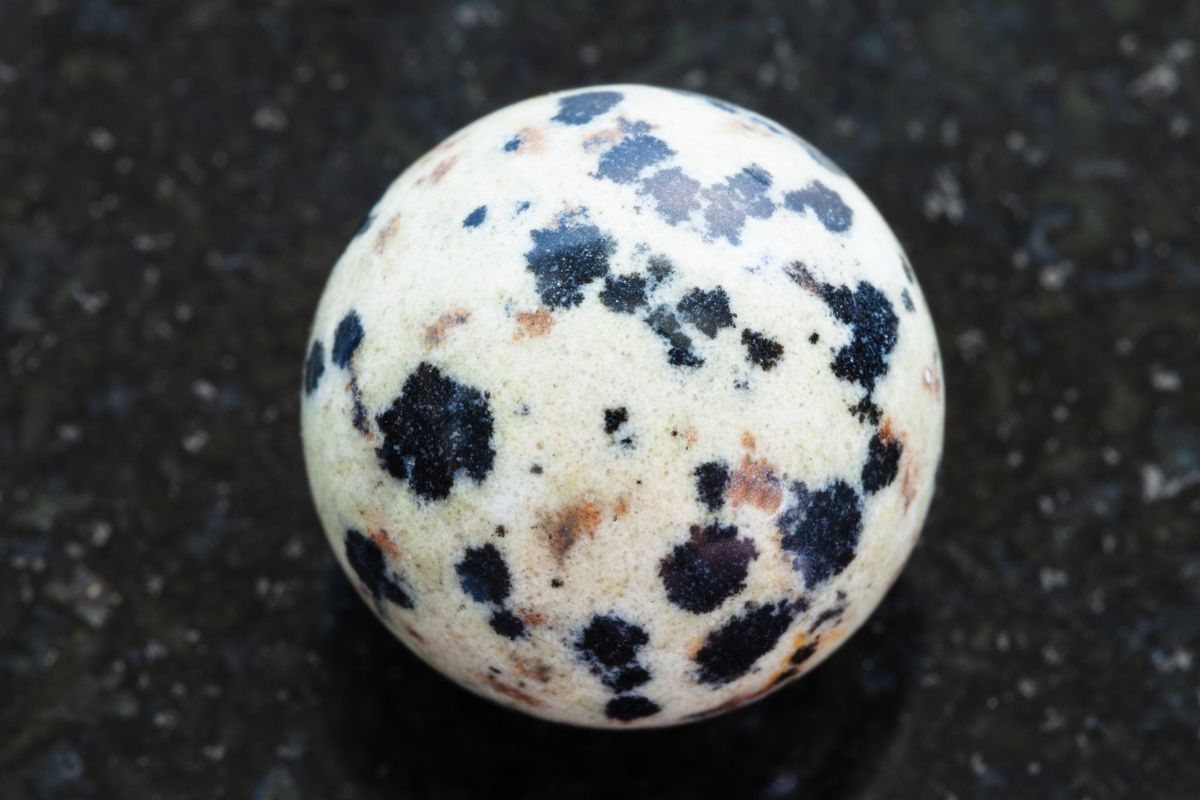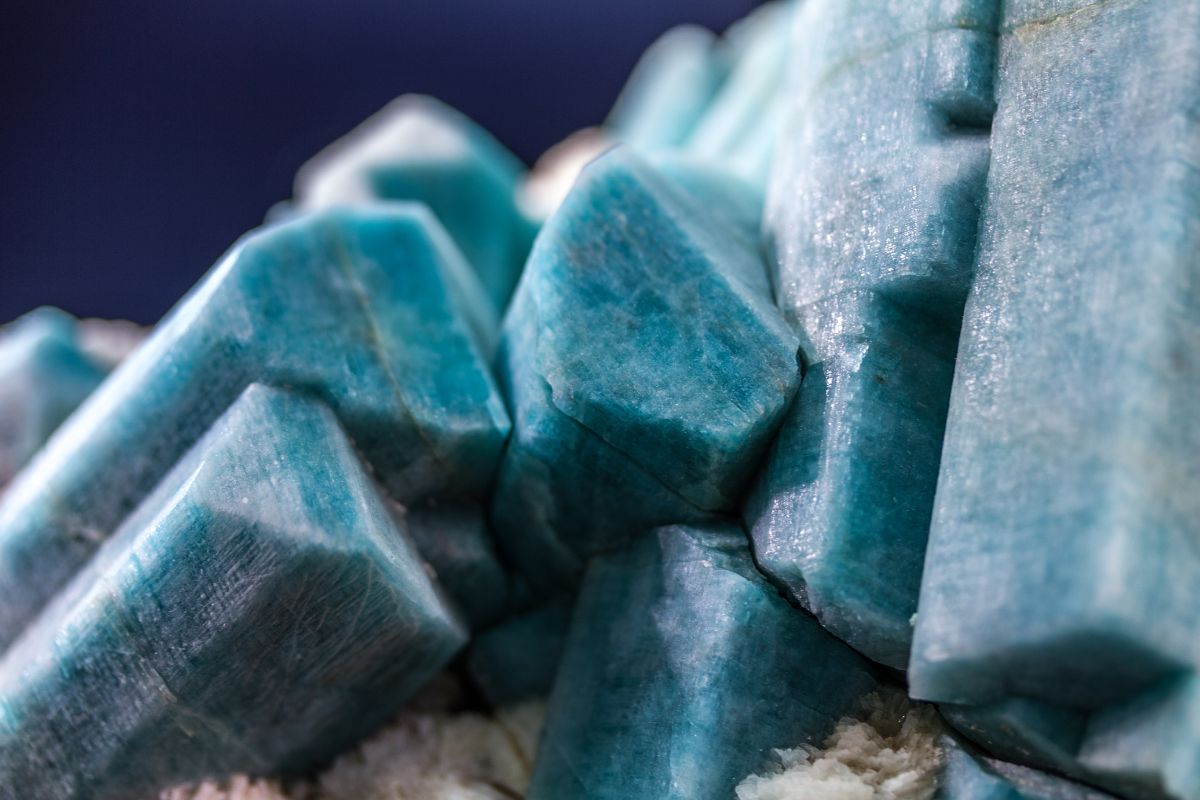Whether you’ve inherited a collection of exquisite crystals or you’ve recently acquired a single, unique piece, determining its value can be a complicated process.
With a variety of types, quality grades, and origins to consider, it’s important to approach the valuation methodically.
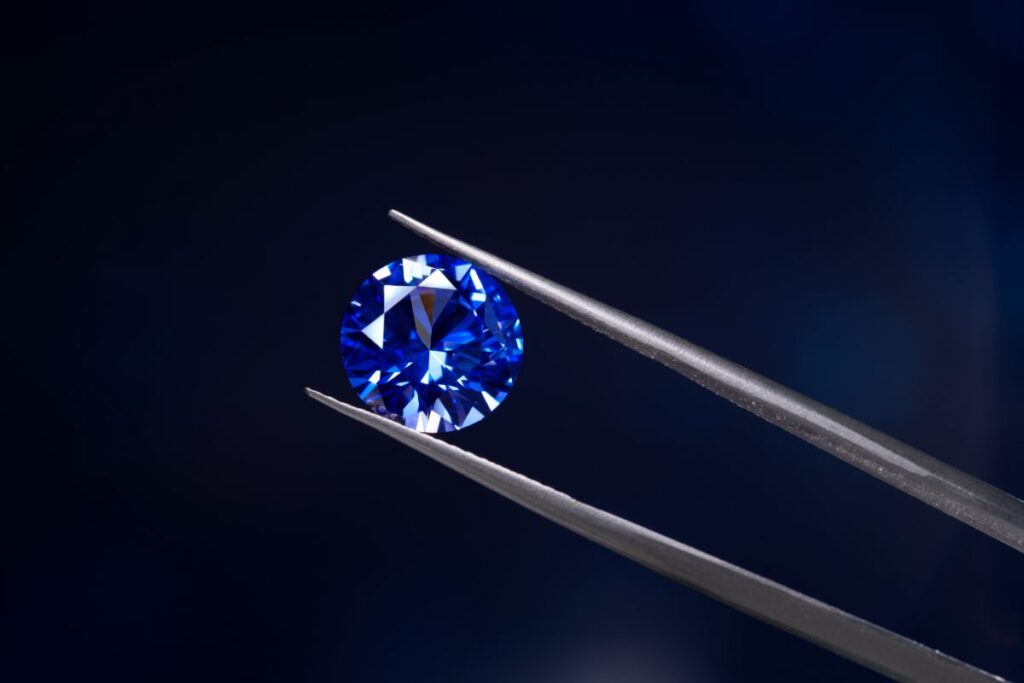
In this article, we’ll break down the steps to find the value of your crystal.
Identifying The Type Of Crystal
Your first task is to identify what type of crystal you have.
Crystals can be natural or synthetic, and their value is significantly influenced by this distinction.
Natural Crystals
These are naturally occurring minerals, often sourced from mines or found in geological formations. Some of the most common natural crystals include:
Natural crystals are formed through geological processes and can range from common types like quartz to more rare and precious stones like diamonds, rubies, and sapphires.
Quartz Variants
- Clear Quartz: Known for its clarity and often used in jewelry and energy practices.
- Rose Quartz: Valued for its rosy hue and associated with love and harmony.
- Smoky Quartz: Popular for its smoky, translucent appearance.
Beryl Family
- Emerald: Highly valued and characterized by its vivid green color.
- Aquamarine: Known for its light blue shade and clarity.
Corundum Stones
- Ruby: Highly sought after for its rich, red color.
- Sapphire: Available in many colors but most commonly known in its blue form.
Synthetic Crystals
These are human-made in laboratories but can closely mimic the properties of natural crystals.
They often look more flawless but are generally less valuable than natural ones.
Assessing The Clarity And Quality Of Crystals
The quality of your crystal significantly impacts its value.
Look for any internal or external flaws, such as chips, cracks, or cloudiness.
While some inclusions can add character and even increase value in certain types of crystals, others can detract from it.
For gemstones, the ‘Four Cs’ — Carat weight, Cut, Color, and Clarity — offer a standardized way to evaluate quality.
Although originally meant for diamonds, this framework is often applied to colored stones as well.
- Clarity: Crystals with fewer inclusions or imperfections are generally more valuable.
- Cut: How well the crystal has been cut and faceted affects how it reflects light and, therefore, its beauty and value.
- Color: Color uniformity and saturation can also influence a crystal’s worth.
- Carat: The weight of the crystal, typically measured in carats, is a straightforward measure of size but should be considered along with other quality factors.
The Gemological Institute of America (GIA) has grading scales for gemstones that can help you understand where your crystal stands in terms of quality.
Inclusions
Inclusions are internal or external flaws. Some crystals, like emeralds, are almost always found with inclusions, and they can actually contribute to the stone’s unique character.
However, excessive or prominent inclusions usually reduce a crystal’s value.
Evaluating The Size And Weight
Size does matter when it comes to the value of your crystal.
The weight of the crystal, usually measured in carats, directly influences its price.
Larger, quality crystals are much rarer and, therefore, more valuable. Always use a calibrated scale for accurate weight measurement.
Provenance And Rarity
The origin of the crystal can also add to its value. For example, Kashmir sapphires are particularly prized due to their unique color and scarcity.
Provenance can include the geographic location where the crystal was found, the mine it came from, and even its history of ownership if it is an antique or was previously owned by someone of note.
Geographic Origin
Certain regions are known for producing particularly high-quality or uniquely colored crystals.
For example, Colombian emeralds or Burmese rubies often command higher prices than those from other locations.
Historical Background
Crystals that were owned by celebrities or have appeared in important historical contexts can also see their value increase, sometimes dramatically.
Market Trends And Demand
Just like any other commodity, the value of a crystal is influenced by market trends and consumer demand.
Certain types of crystals may become more valuable over time because they become fashionable or because supplies diminish.
Short-Term Fluctuations
Market values can change quickly due to trends, celebrity endorsements, or shifts in consumer preferences.
Long-Term Trends
Over the years, some crystals may increase in value due to scarcity or sustained demand.
For instance, the popularity of turquoise has remained relatively steady, affecting its market value positively.
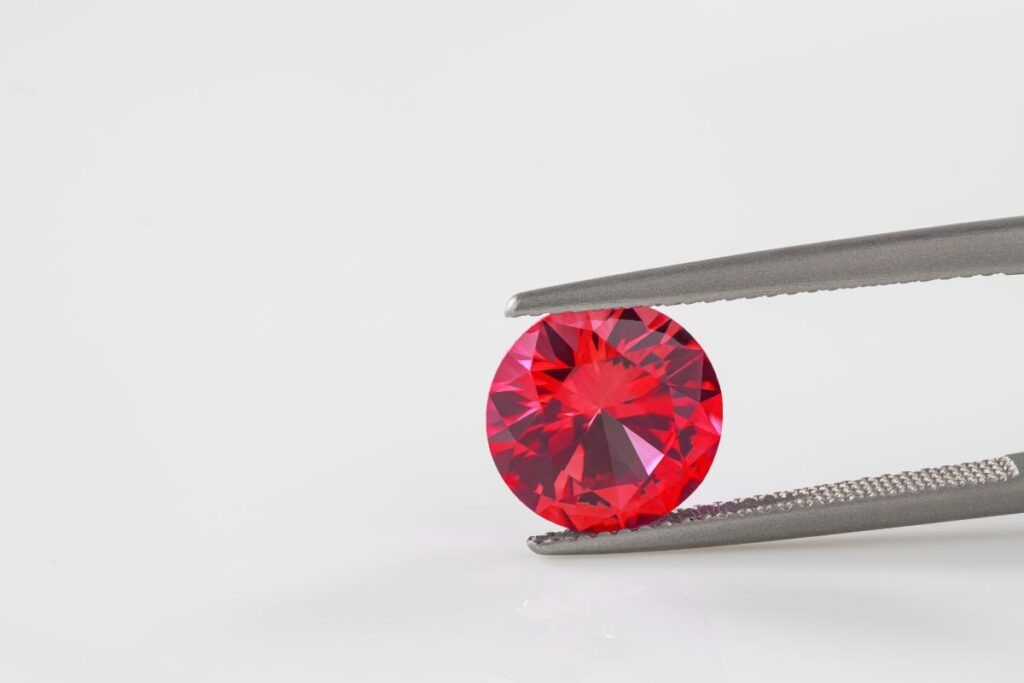
Professional Appraisal
For an accurate and reliable evaluation, consider getting your crystal appraised by a certified expert.
An appraiser will use specialized equipment and extensive knowledge to provide a comprehensive valuation.
Appraisals are particularly important for high-value or rare crystals and should include documentation that you can use for insurance or resale purposes.
Consult Multiple Sources For Pricing
Once you have all the necessary details about your crystal, consult multiple sources to get an idea of its market value.
This could include online marketplaces, auction results, and retail stores specializing in crystals and gemstones.
Keep in mind that prices can vary based on a variety of factors, including the seller’s expertise and the current market conditions.
Buying Crystals And Maintaining The Value
Beware Of Fakes And Scams
As the crystal market has grown, so too has the number of counterfeit and fake crystals. Always purchase from reputable dealers and get a certified appraisal to avoid falling victim to scams.
Condition And Care
How well the crystal has been looked after can also impact its value. Scratches, chips, or any form of degradation can lower the worth.
Documentation
Authenticity certificates, historical records, and provenance can significantly boost a crystal’s value. Make sure to keep all documents safe and accessible.
When to Sell
Knowing the optimal time to sell can also help you maximize the value of your crystal. Be aware of market trends and consult with experts to determine the best time to sell.
In Summary
Determining the value of your crystal involves a multifaceted approach that considers its type, quality, size, provenance, and current market conditions.
While doing your research and self-assessment can give you a reasonable estimate, a professional appraisal is the most reliable method to accurately determine the value of your crystal.
Further reading: What does it mean when you lose a crystal?
- 15 Crystals That Cannot Be Exposed To The Sun - January 7, 2024
- Malachite Vs Fuchsite – Benefits And Uses - January 7, 2024
- Malachite Vs. Green Jasper: Benefits And Uses - January 7, 2024

